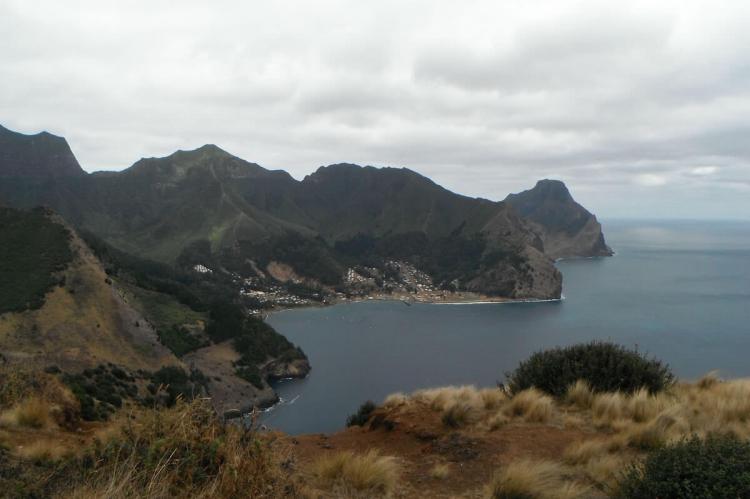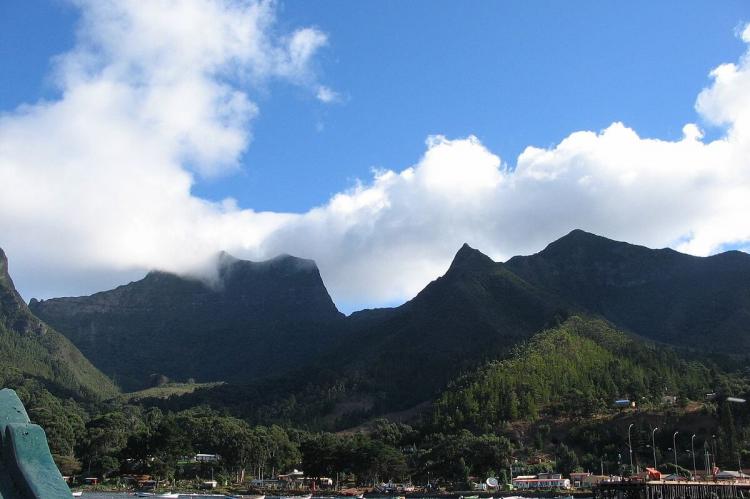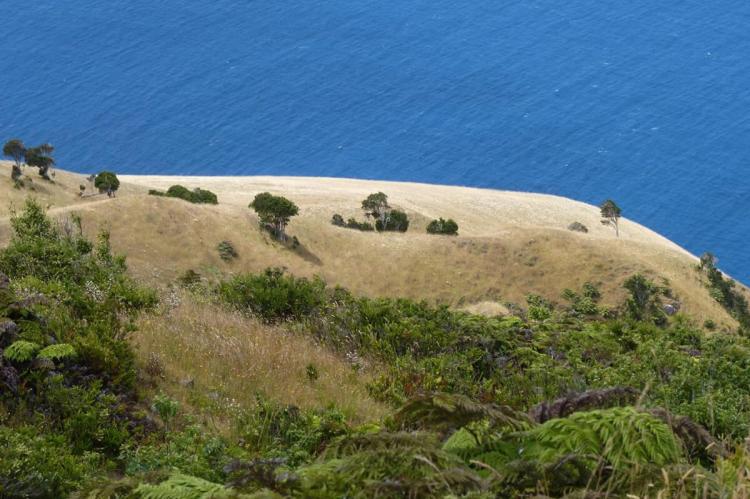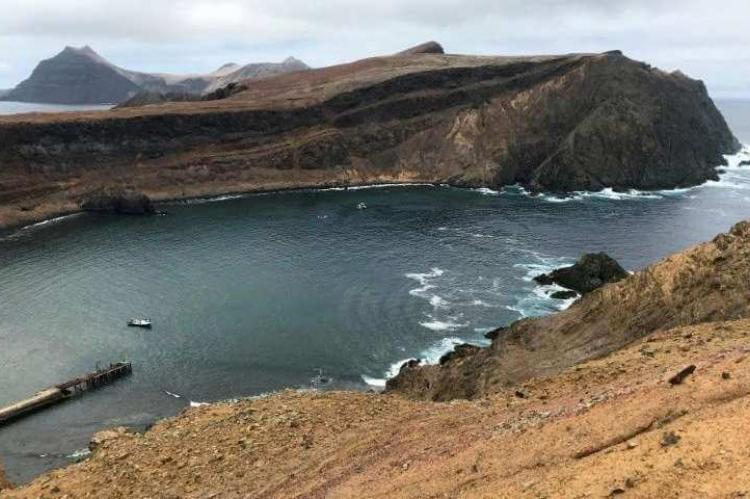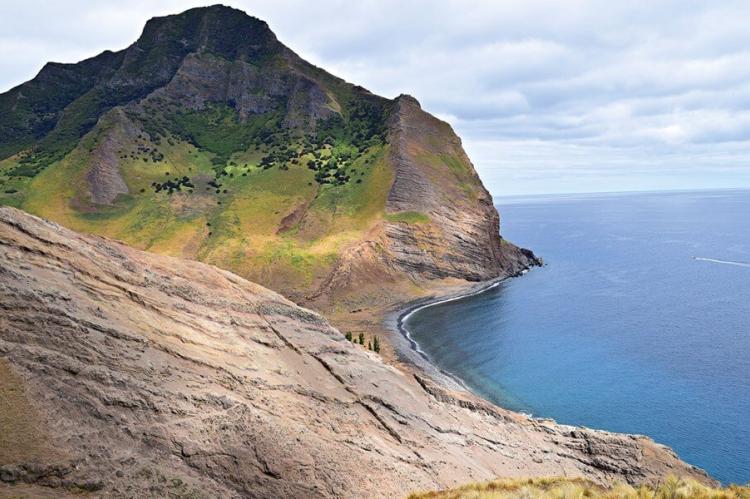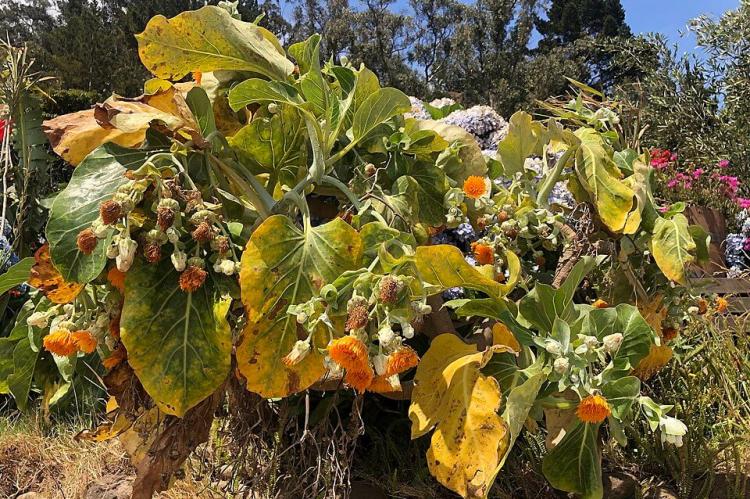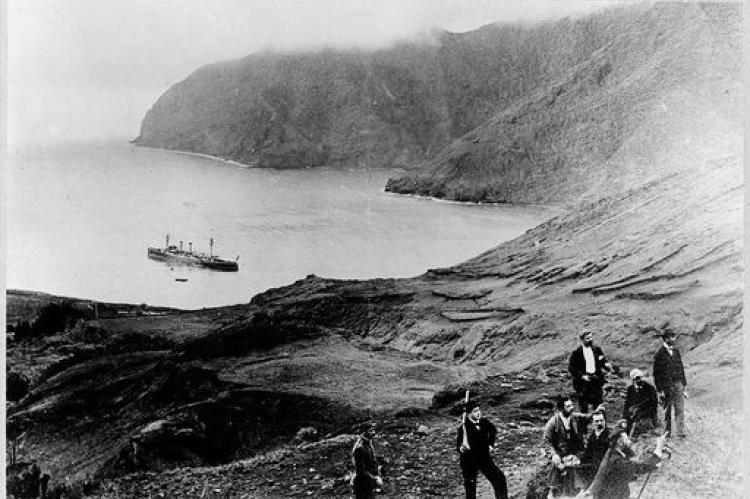Juan Fernández Archipelago: Nature and Legend in the South Pacific
The Juan Fernández Archipelago in the South Pacific is a remote chain of volcanic islands belonging to Chile. With dramatic landscapes, endemic species, and a colorful history of pirates and explorers, the Juan Fernández Islands offer a rare glimpse into the natural and human story of isolation.
Islands of Solitude: The Ecological and Cultural Significance of the Juan Fernández Archipelago
The Juan Fernández Archipelago, situated in the South Pacific Ocean, is a remote chain of volcanic islands belonging to Chile. The archipelago, located approximately 670 km (416 mi) west of the South American mainland, has long intrigued explorers, writers, and biologists alike. Known for its ties to the marooned sailor Alexander Selkirk—whose survival inspired Daniel Defoe's Robinson Crusoe—the archipelago is a cultural landmark and a unique ecological hotspot. With dramatic landscapes, endemic species, and a colorful history of pirates and explorers, the Juan Fernández Islands offer a rare glimpse into the natural and human story of isolation. The Archipiélago de Juan Fernández National Park is central to this ecological preservation, a key area for protecting the islands' biodiversity.
The Geography and Structure of the Archipelago
The Main Islands
The Juan Fernández Archipelago consists of three main islands: Robinson Crusoe, Alejandro Selkirk, and Santa Clara. Each island, shaped by volcanic activity, presents distinct geological and biological features. Robinson Crusoe Island, formerly known as Más a Tierra, lies closest to the South American mainland and is the most populated, with most inhabitants living in the small village of San Juan Bautista. Alejandro Selkirk Island, or Más Afuera, is the largest and most rugged, located 180 km (112 mi) further west. Santa Clara, a small and uninhabited island, lies southwest of Robinson Crusoe.
Robinson Crusoe Island
With an area of 47.9 sq km (18 sq mi), Robinson Crusoe Island is renowned for its historical significance as the refuge of Alexander Selkirk, whose story is immortalized. The island is home to the archipelago's highest population and features dramatic volcanic ridges, steep valleys, and a unique ecosystem. El Yunque, its highest peak, rises to 915 m (3,002 ft), offering panoramic views of the surrounding Pacific Ocean.

Shaded Relief Map of Robinson Crusoe Island.
Alejandro Selkirk Island
Alejandro Selkirk Island, the largest in the archipelago, covers 49.5 sq km (19.1 sq mi). Its highest peak, Cerro de Los Inocentes, soars to 1,268 m (4,160 ft), making it the highest point in the archipelago. Known for its rugged terrain, Alejandro Selkirk is far less populated than Robinson Crusoe, with only 57 residents as of 2012, and serves primarily as a fishing base.
Santa Clara Island
Santa Clara, the smallest of the main islands, spans just 2.2 sq km (0.8 sq mi). Uninhabited and largely barren, it rises to 375 m (1,230 ft) and is primarily covered in grasslands. Despite its modest size, Santa Clara plays a role in the archipelago's unique ecosystem.
Formation and Volcanic Origins
The Juan Fernández Islands are the result of volcanic activity, specifically the movement of the Nazca Plate over the Juan Fernández hotspot. Over millions of years, this movement caused the formation of the Juan Fernández Ridge, a submarine mountain range, some of which now protrudes above sea level as the islands. The oldest of the islands, Santa Clara, is approximately 5.8 million years old, while Robinson Crusoe and Alejandro Selkirk were formed between 1 and 4.2 million years ago.
A Storied History
Discovery and Early Use
The archipelago was first discovered by Spanish explorer Juan Fernández in 1574 while navigating a more southerly route between Callao and Valparaíso. Fernández's new route, which avoided the harsh currents of the Humboldt Current, led him to these isolated islands. The islands were later used as pirate hideouts in the 17th and 18th centuries and eventually became the site of a penal colony. However, the story of Alexander Selkirk marooned on Más a Tierra (now Robinson Crusoe) from 1704 to 1709 would bring lasting fame to the archipelago.
Pirates, Penal Colonies, and Naval Expeditions
During the 18th century, the islands saw frequent visits from British and American whalers and expeditions, such as Commodore Anson, who sought refuge there during his South Sea campaign. In 1790, Alessandro Malaspina determined Alessandro Malaspina determined the islands' precise location. The rich history of piracy, exploration, and maritime lore continues to lend an air of mystery and adventure to the Juan Fernández Islands.
Climate and Environmental Conditions
The archipelago experiences a subtropical Mediterranean climate, heavily influenced by the cold Humboldt Current and southeast trade winds. Average temperatures range from 3 °C (37 °F) to 29 °C (84 °F), with an annual mean of 15.4 °C (60 °F). Rainfall is variable, with a yearly average of 1,081 mm (42.6 in), and much falls during winter. Elevation plays a significant role in local weather patterns, with higher altitudes receiving almost constant rainfall while the lower, western sides of the islands remain relatively dry.
A Unique Ecosystem: The Juan Fernández Ecoregion
Flora
The remote nature of the Juan Fernández Archipelago has given rise to a remarkable array of endemic species. The islands are classified within the Juan Fernández Islands Temperate Forests ecoregion, recognized for its high levels of endemism and unique vegetation zones. There are 209 native vascular plant species, with 126 found nowhere else on Earth. The archipelago boasts a mix of temperate broadleaf and mixed forest ecosystems closely related to the flora of southern South America. Endemic trees such as Drimys confertifolia, Myrceugenia fernandeziana, and the endangered Chonta palm (Juania australis) dominate the forested areas.
Vegetation Zones
The islands exhibit clear vegetation zones based on elevation. Grasslands characterize Robinson Crusoe Island's lower elevations, while dense forests and tree ferns thrive at mid and higher elevations. Alejandro Selkirk Island is mainly covered in grasslands interspersed with forested ravines. Santa Clara Island remains relatively barren, its grasslands supporting fewer species.
Fauna
The archipelago's isolated location and limited landmass have resulted in a restricted array of fauna, with no native land mammals, reptiles, or amphibians. However, the islands support several endemic bird species, such as the Juan Fernández fire crown (Sephanoides fernandensis), an endangered hummingbird unique to Robinson Crusoe Island. Other notable species include the Juan Fernández tit-tyrant (Anairetes fernandezianus) and the Masafuera rayadito (Aphrastura masafuerae).
The surrounding marine ecosystem is equally rich, featuring species like the Juan Fernández spiny lobster (Jasus frontalis) and the Juan Fernández fur seal (Arctocephalus philippii), which was once nearly hunted to extinction.
The Juan Fernández Biosphere Reserve
Designated a UNESCO Biosphere Reserve in 1977, the Juan Fernández Archipelago is recognized for its unique biodiversity and significant levels of endemism. The reserve encompasses all the main islands and surrounding marine areas, covering 1,219,558 ha (3,013,593 acres). The reserve's management focuses on preserving terrestrial and aquatic ecosystems while promoting sustainable tourism.
Archipiélago de Juan Fernández National Park
Established in 1935, the Archipiélago de Juan Fernández National Park protects about 97% of the islands' total land area, emphasizing the need to conserve both terrestrial and marine biodiversity. The park is critical in preserving the rich variety of flora and fauna unique to the archipelago. Its primary conservation efforts focus on controlling invasive species, managing sustainable fishing practices, and ensuring the protection of endemic species, many of which are critically endangered.
The national park also offers ecotourism opportunities, including hiking trails and guided wildlife tours. One of the most popular destinations within the park is the Mirador de Selkirk, which provides sweeping views of Robinson Crusoe Island's mountainous terrain and the surrounding Pacific Ocean. As part of the larger Juan Fernández Biosphere Reserve, the national park works in conjunction with UNESCO's conservation objectives.
Conclusion
The Juan Fernández Archipelago is a testament to the power of isolation in shaping both cultural history and natural ecosystems. From its dramatic volcanic origins and the legendary story of Alexander Selkirk to its richly diverse plant and animal life, the archipelago offers an extraordinary combination of natural beauty and historical intrigue. As a UNESCO Biosphere Reserve and home to the Archipiélago de Juan Fernández National Park, it plays a critical role in global conservation efforts, protecting species found nowhere else on Earth. The islands' unique landscape, climate, and ecology ensure their place as one of the world's most fascinating and lesser-known natural sanctuaries.
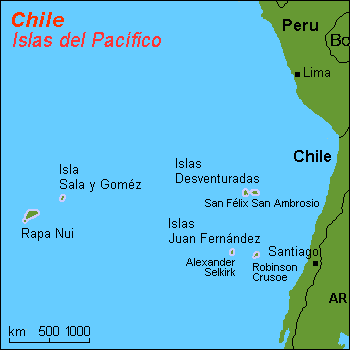
Map depicting the Pacific Islands of Chile.
